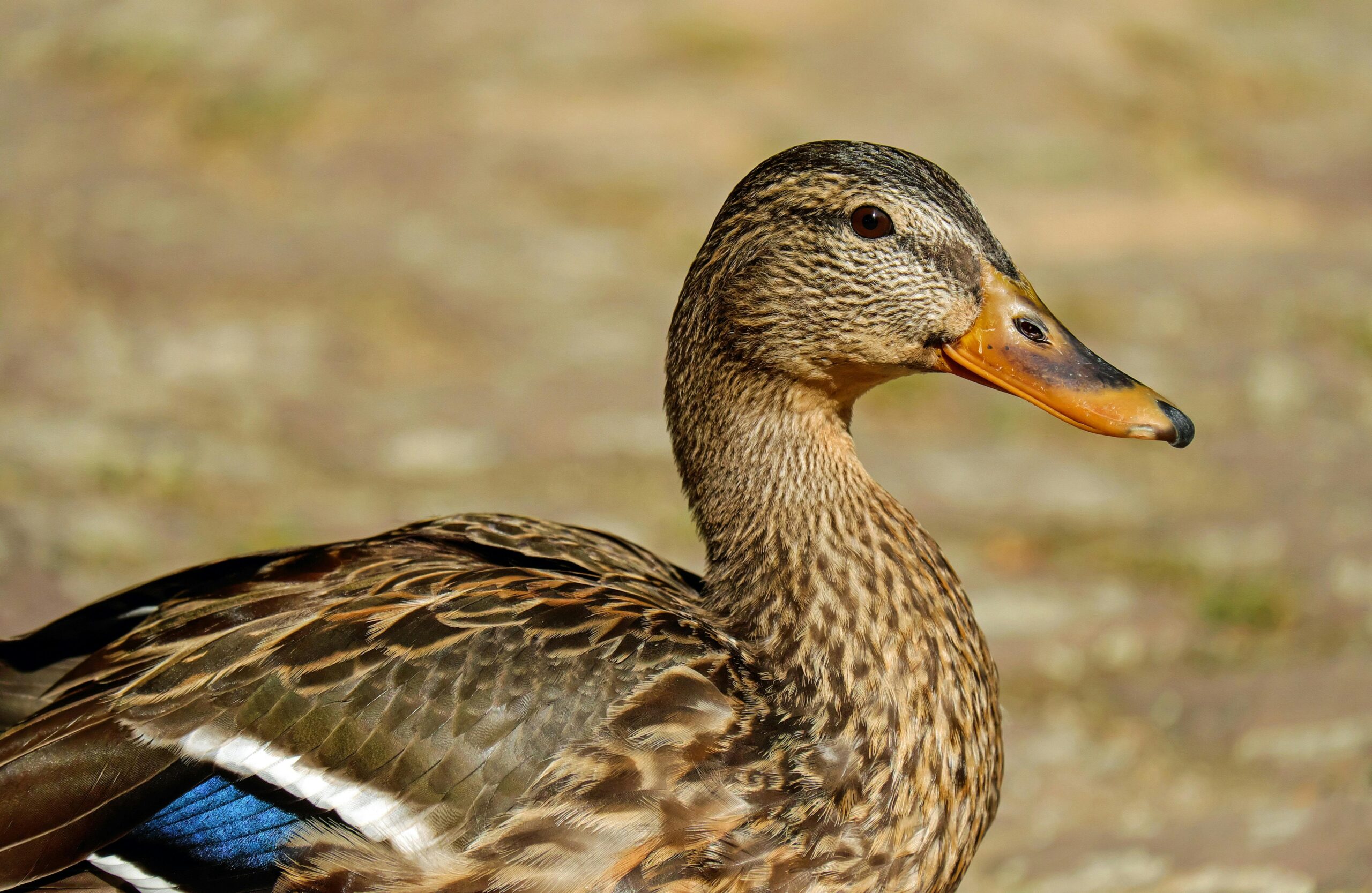Ducks are a familiar sight in wetlands, parks, and waterways, yet many people are surprised to learn that not all ducks are alike. Among the most common and recognized species is the mallard, a bird often mistaken for simply a “duck.” However, while all mallards are ducks, not all ducks are mallards. Understanding the distinction is essential for bird enthusiasts, nature lovers, and even casual observers. This article will explore the differences between mallards and other ducks, while also clarifying the meanings behind terms like “male,” “female,” and “drake.” With a focus on physical traits, behaviours, and ecological significance, readers will gain a comprehensive understanding of these fascinating waterfowl.
What Is a Mallard?
The mallard (Anas platyrhynchos) is one of the most widespread and recognizable species of duck in the world. Native to the Northern Hemisphere, mallards inhabit a variety of wetlands including ponds, lakes, rivers, and marshes. Adaptability is one of their key traits, allowing them to thrive in both rural and urban environments.
Mallards are medium to large-sized ducks, with males typically displaying striking, colourful plumage. Their vibrant green heads, yellow bills, and greyish bodies make them easy to spot. In contrast, females are mottled brown, providing excellent camouflage. Both sexes have a distinctive blue patch bordered with white on their wings, known as the speculum.
Mallards are omnivorous, feeding on a diverse diet that includes aquatic vegetation, insects, small fish, and grains. Their feeding habits and social behavior have enabled them to coexist closely with human populations, often seen at city parks and public gardens.
Characteristics That Define a Mallard
Several characteristics set mallards apart from other duck species:
- Coloration: Males have a bright green head, white neck ring, and gray body, while females are brown with streaked patterns.
- Size: Mallards are generally larger than many other duck species, with an average body length of 20-26 inches.
- Vocalization: Female mallards have a loud, distinct quack, whereas males produce softer, raspier sounds.
- Behavior: Mallards often exhibit strong site fidelity, returning to the same breeding and wintering grounds annually.
- Flight Pattern: They have a fast, direct flight with rapid wingbeats, aided by their relatively broad wings.
Understanding these key features is essential for accurately identifying mallards and differentiating them from other ducks in various environments.
What Is a Duck?
The term duck encompasses a broad group of waterfowl belonging to the family Anatidae. Ducks are found across the globe in both freshwater and marine environments. While mallards are a specific species of duck, there are many other species, each with distinct traits and behaviors.
Ducks typically have a compact body, relatively short legs, and a broad, flat bill. Their feathers are highly waterproof, thanks to a special oil they spread while preening. This adaptation allows them to float effortlessly on water surfaces.
There are two primary types of ducks: dabbling ducks, which feed mainly on the surface of the water, and diving ducks, which plunge below the surface in search of food. Species such as the wood duck, teal, and pintail exhibit a range of colours, sizes, and ecological preferences. Each plays a unique role in their respective ecosystems, contributing to biodiversity and wetland health.
Common Features Found in Ducks
Despite the diversity among duck species, several features are consistently observed:
- Bill Shape: Ducks have broad, flat bills suited for filtering food from the water.
- Feather Structure: Their feathers are dense and water-repellent, helping them stay buoyant.
- Webbed Feet: These aid in efficient swimming, offering propulsion through water.
- Vocalizations: Ducks communicate using a variety of sounds including quacks, whistles, and grunts, depending on the species.
- Migratory Behavior: Many ducks undertake seasonal migrations, traveling thousands of miles between breeding and wintering grounds.
Recognizing these general characteristics helps differentiate ducks from other types of waterfowl such as geese and swans, and highlights the diversity within the duck family itself.
Differences Between Mallards and Other Ducks
While all mallards are ducks, not all ducks are mallards—a crucial distinction for birdwatchers and wildlife enthusiasts. Mallards exhibit certain traits that clearly set them apart from many other duck species. They are often used as a “standard” duck in field guides because of their wide distribution and highly recognizable features.
Mallards are typically larger, with more vibrant plumage in males compared to many other ducks. In contrast, species like teals are smaller, and species like wood ducks showcase more intricate patterns and iridescent colors rather than the mallard’s signature green head. Behaviorally, mallards are highly adaptable and more tolerant of human presence, whereas many other ducks are more elusive and prefer undisturbed habitats.
Additionally, mallards have played a significant role in the development of many domestic duck breeds through hybridization, a trait less common among other wild duck species.
Physical Traits and Behavior Comparison
When comparing mallards to other ducks, several key differences emerge:
- Plumage: Male mallards’ green heads are distinctive, while many other species have different colorations and patterns.
- Size and Build: Mallards are robust with a broad chest, whereas other species may appear slimmer or more compact.
- Feeding Habits: Mallards often dabble at the surface, tipping forward to forage, while diving ducks like canvasbacks plunge completely underwater.
- Migration Patterns: While many mallards migrate seasonally, some populations have become resident in urban parks, a behavior less common in other ducks.
- Interaction with Humans: Mallards frequently inhabit areas close to human activity, making them easier to observe compared to more shy or specialized duck species.
By understanding these distinctions, observers can more accurately identify different ducks and appreciate the diversity present in wetland ecosystems.
Understanding Male, Female, and Drake Terminology
When discussing ducks, especially mallards, understanding gender-specific terminology enhances clarity and precision. In duck terminology, a male is commonly referred to as a drake, while a female is simply called a duck. These distinctions are important, especially during identification and breeding discussions.
A drake typically displays more vivid and colorful plumage compared to the female, an evolutionary trait developed to attract mates. Females, or hens, often exhibit more muted colors like browns and grays, offering camouflage to protect themselves and their nests from predators.
In addition to physical appearances, behavioral differences also exist between males and females. During mating season, drakes often display elaborate courtship behaviors, while females are primarily responsible for nesting and raising ducklings.
How to Identify a Male, Female, and Drake
Identifying the gender of ducks, particularly mallards, can be done through a few clear visual and behavioral cues:
- Coloration:
- Drakes: Iridescent green head, white neck ring, chestnut-brown chest, and gray body.
- Females: Mottled brown throughout with an orange bill marked by dark patches.
- Size:
- Drakes are generally slightly larger than females.
- Vocalization:
- Females emit the loud, classic “quack” associated with ducks.
- Males produce softer, raspier sounds.
- Tail Feathers:
- Mature drakes often have distinctive curled black feathers, known as “sex feathers,” on the upper tail.
By recognizing these characteristics, observers can quickly and accurately determine the sex of a mallard or similar duck species, enriching their wildlife-watching experience.
Importance of Recognising Mallards Among Ducks
Recognising mallards among other ducks is more than an exercise in bird identification; it plays a role in understanding ecological balance and biodiversity. As one of the most adaptable and widespread duck species, mallards influence wetland ecosystems significantly. Their behaviours, migratory patterns, and breeding habits can impact other wildlife, water quality, and even plant distribution.
In conservation efforts, distinguishing mallards from other species is crucial. Mallards often hybridize with closely related ducks, sometimes threatening the genetic integrity of rarer species. By accurately identifying mallards, researchers and conservationists can better monitor species health and manage habitats effectively.
Furthermore, mallards serve as biological indicators. Changes in their population trends can signal shifts in environmental conditions, such as pollution levels, habitat loss, or climate change.
Ecological and Cultural Significance
Mallards hold notable ecological and cultural importance:
- Biodiversity Contribution: Mallards support ecosystem functions such as seed dispersion and insect control through their feeding habits.
- Hybridization Concerns: They interbreed with other ducks, which can endanger less common species by diluting unique genetic traits.
- Human Connection: Mallards are deeply woven into folklore, art, and hunting traditions worldwide.
- Environmental Indicators: Scientists study mallard health to gauge the health of wetland ecosystems.
- Educational Value: Their approachable nature makes them ideal subjects for public education on wildlife and conservation.
Understanding and appreciating the role of mallards within both natural and human-influenced landscapes highlights the broader importance of this common yet remarkable species.
Conclusion
Understanding the differences between mallards and other ducks enriches not only birdwatching experiences but also supports broader ecological awareness. While mallards are a specific, highly recognizable species, the diversity within the duck family is vast and complex. Recognizing gender-specific terms such as drake, female, and male further sharpens identification skills and deepens appreciation for these waterfowl.
Mallards play a significant role in ecosystems and human culture alike. Their adaptability, distinctive features, and behavioral patterns offer insights into wetland health and environmental changes. Whether observed in a city park or a remote marsh, the mallard remains a symbol of the rich, interconnected world of waterfowl.
By learning to distinguish mallards from other ducks, observers not only gain knowledge but also contribute to conservation efforts and the protection of wetland biodiversity for generations to come.
FAQs
What is the main difference between a mallard and a regular duck?
Answer: A mallard is a specific species of duck known for its distinctive green-headed males, while “duck” is a general term for many species.
How can you tell a male mallard from a female?
Answer: Male mallards, or drakes, have bright green heads and colourful plumage, while females are mottled brown for better camouflage.
Are all ducks drakes?
Answer: No, only male ducks are called drakes; females are simply referred to as ducks or hens.
Do mallards mix with other duck species?
Answer: Yes, mallards often hybridize with other ducks, which can impact the genetic diversity of certain rarer duck species.
Why are mallards so commonly seen in urban areas?
Answer: Mallards are highly adaptable and thrive in human-altered environments, making them one of the most visible duck species in cities and parks.

